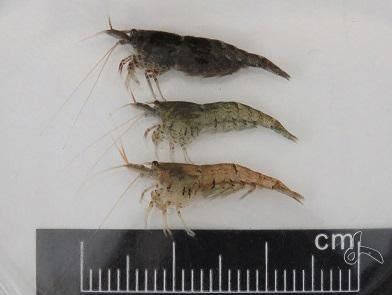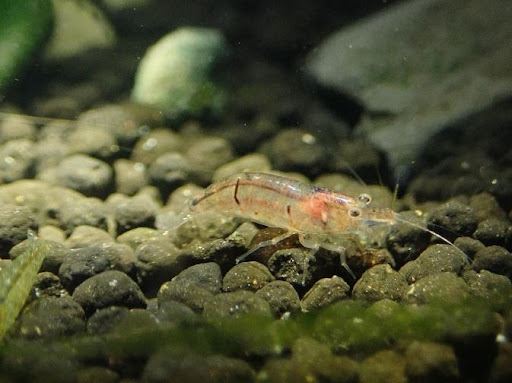In order to promote the diversified use of Taiwan’s native aquatic animals in the ornamental aquatic industry, the Fisheries Research Institute of Council of Agriculture of the Executive Yuan selected the freshwater Atyidae from native freshwater shrimps, small in size, bright in color, and has ornamental value, and developed its reproduction and breeding technology. At present, the optimal conditions for culturing and breeding Neocaridina denticulata and Atyopsis spinipes have been completed. They are expected to become the rookies in the aquarium world, of which the estimated annual output value can be more than USD 5 million.
The Fisheries Research Institute pointed out that Taiwan has a suitable climate and superior geographical environment. The large height difference in the river basin has created a diverse water environment and nurtured many unique aquatic species. Among them is the Atyidae, a quite important member of the native freshwater shrimps in Taiwan that mainly grows in its streams. In the early days, it was mostly used as a tool shrimp to remove debris and attached algae in aquariums to maintain ecological stability. In recent years, many varieties with special color variations have been cultivated through continuous breeding and improvement. Coupled with the impact of the trend in aquarium miniaturization, these tiny shrimps have increasingly attracted consumers’ attention and gradually become the main force in the ornamental aquarium trade. According to the statistics of the Council of Agriculture, its total export value has increased rapidly from USD 1.72 million in 2017 to USD 4.46 million in 2020, with a growth of 2.6 times in four years. Further, it is expected to continue to grow in the future. It can not only be promoted as a reference for artificial reproduction in the ornamental aquarium industry but also to reduce the loss of wild resources and assist in the rehabilitation of wild species.
According to the Fisheries Research Institute, most Atyidae are still caught from the wild by the current market. In order to promote the sustainable development of the ornamental aquarium industry, the Institute is actively carrying out research and development of artificial reproduction technology. Targeting the most popular products among consumers, such as N. denticulata, A. spinipes, Caridina prashadi, C. longirostris, and C. villadolidi, the Institute is making detailed records of the physiological changes of the seed shrimps throughout the year, including the reproduction period, reproduction frequency, gonad development, average egg holding capacity, and other data. It has further successfully established the optimal breeding conditions for N. denticulata and A. spinipes, which can provide the industry as a reference for regulating the reproduction cycle and shrimp seed breeding.
According to the Fisheries Research Institute, although Taiwan’s native shrimp species are colorful, they are facing a dilemma of massive resource depletion due to habitat destruction and improper fishing. The Institute is actively developing its culturing and breeding technologies, hoping to reduce natural pressure and assist in the restoration of breeding via stabilized mass production and help Taiwan’s industrial development in the international aquarium shrimp industry through the continuous improvement of reproduction and breeding technologies.

Figure 1. Neocaridina denticulata with various body colors has become one of the main export products of the ornamental trade.

Figure 2. Commonly known as “Tennis shrimp”, Atyopsis spinipes is a popular species in the aquarium market. The female broody shrimp is about 6 cm in size (left). Its most distinct feature is that the first and second pair of pincer-like appendages evolve into a tassel-like structure, which opens like a “tennis racket” to prey (right).

Figure 3. There are two black horizontal stripes and diagonal black spots on the side of the Caridina prashadi. Its special appearance is loved by aquarium players.